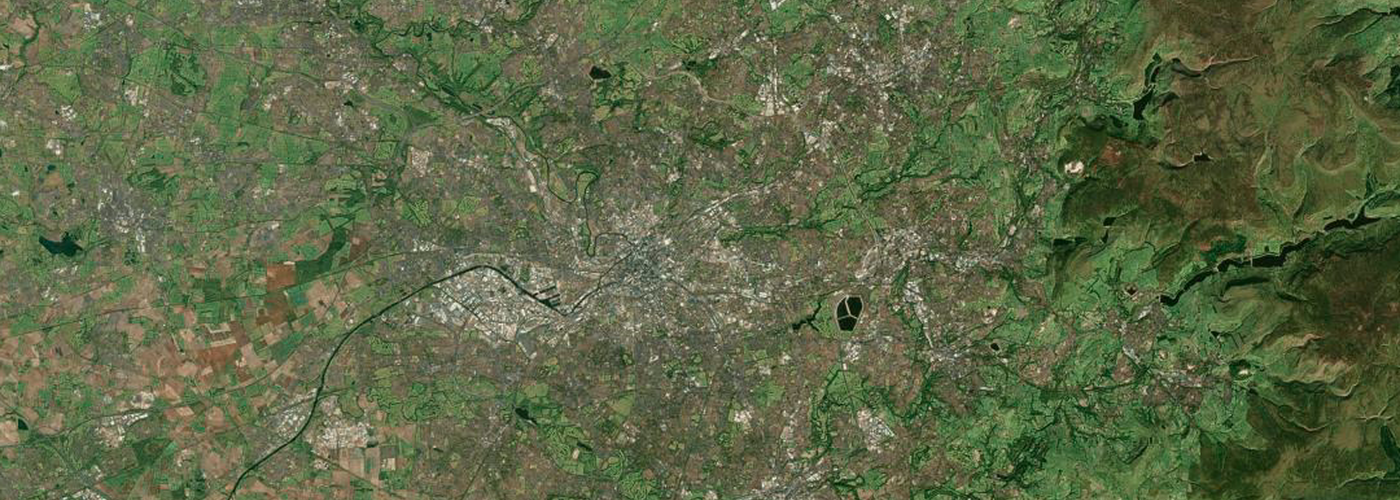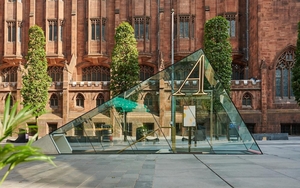John Blundell speaks to chief officer Steve Rumbelow about the what, when and why
On Monday 7th January, the Greater Manchester Spatial Framework (GMSF) will go back out to public consultation following the ‘radical rewrite’ promised by Mayor Andy Burnham.
Following his election in early-2017, Burnham replaced the pro-GMSF Rochdale Council leader Richard Farnell as the lead for housing, regeneration and homelessness with the Mayor of Salford, Paul Dennett - who Burnham believed was more closely aligned to his own view that more green belt land should be saved.
As it turns out, Dennett couldn't create fire from twigs either and the much-delayed new plans will still chip into the region's green belt land, despite Burnham's pledge of 'no net loss'.
People see the GMSF as something just about housing, but it is more about jobs.
Politicians are well aware of the consequences of getting this wrong. The Liberal Democrats lost overall control of the council in Stockport (in part) because of the GMSF, the Leader even lost her seat, and many believe the Conservatives in Trafford were pummelled earlier this year as the incoming Labour Party promised to save Flixton Green and Turn Moss.
To add to the pain, the forecasted number of new homes and jobs that would need to be created became unclear as uncertainties around Brexit and the economy started to weigh on the Office of National Statistic’s numbers, causing the forecasts to fall.
Due to the highly political nature of this topic, Confidential decided to send their own politician, councillor John Blundell, to try make sense of it all and extract some truth from the chief officer of the programme, Steve Rumbelow, who also happens to be the CEO of Rochdale Council.
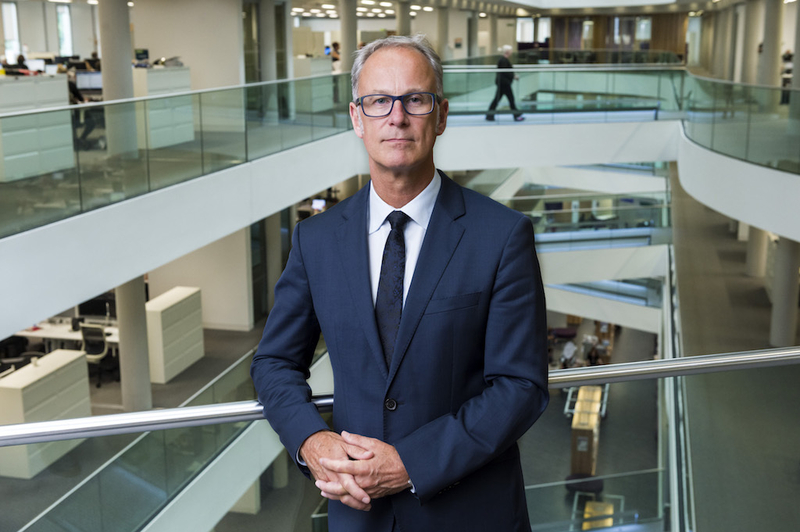
JB: What actually is a GMSF, Steve?
SR: "It is a really big local plan. Every local authority has to have a plan by law, and all we have done in Greater Manchester is take advantage of devolution and said 'wouldn’t it be great if we did a plan for the whole of Greater Manchester for the next twenty years'."
JB: But some, like Rochdale, already have a local plan. Why do we want another one?
SR: "I think three districts don’t currently have one. What having a joint plan enables us to do is to use that to create other opportunities, like linking it to the transport plan, air quality and the environment plan, as things like that don’t stop at the borough boundary."
JB: So is there a Lancashire spatial framework?
SR: "No, there is a similar plan in London, as it works better for complex areas. The boundaries here are not always that logical, the people here aren’t always aware what district they are in while passing through it and, therefore, taking a bigger view is beneficial here because of geography."
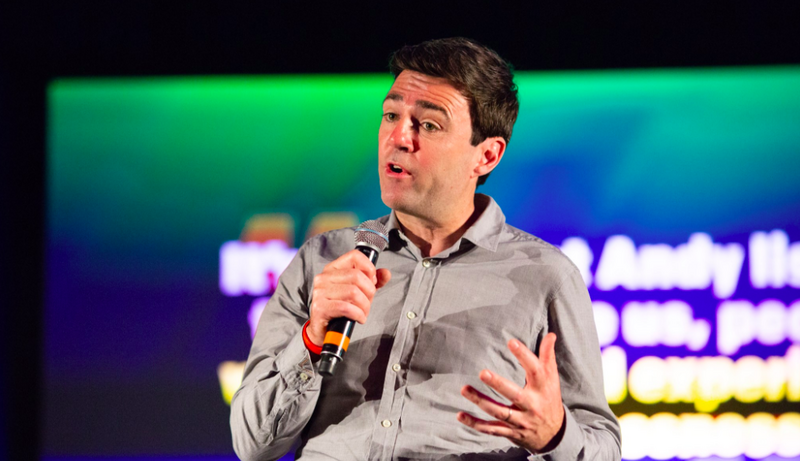
JB: When I became a Rochdale councillor aged 20 this was the big issue. I was told it needed doing ASAP. I am now 25. What has been the hold up?
SR: "We hope to be going out soon and that will then be a two-year process. Hopefully there will be a signed off process by the end of 2020. It is no secret that Andy Burnham's election became one of the hold ups, because he felt like the plan put out in 2016 needed a good looking at it. Andy was very much up for a big plan, but wanted to be satisfied it was the right plan."
JB: So presumably the council leaders were happy with it before this radical rewrite. So are they now at odds?
SR: "People will recognise, when they see the new version, that there aren’t major differences in the plan, but Andy pressed very hard for us all to look at how we might reduce the green belt take. The leaders agreed that was the right thing to do as long as we didn’t lose the ambition of the initial document.
"The point of the big plan is that you can use it to deliver on the big ambitions of the Greater Manchester Strategy, which is all about growth; housing growth, but more crucially economic growth. People see GMSF as something just about housing, but it is about much more than that, it is more about jobs."
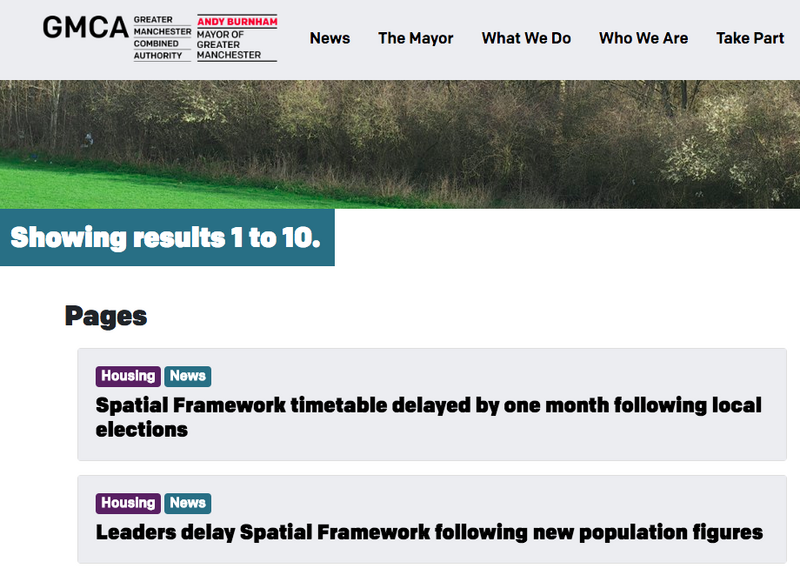
JB: The other major hold up has been agreeing the number of required jobs and homes. What number have you settled on and why?
SR: "The numbers were a problem because the ONS generated a new set of forecasts that gave us different requirements. We then spent months working to those only to find the government didn’t want the plan to be based on that data and wanted it to be based on the data published in 2016. The goal posts kept moving."
JB: I am no fan of a technocracy. Do you worry that this has become too focused on specific numbers and less about the ambitions of the city?
SR: "We think it is now much better connected in with the ambitions of Greater Manchester, which was always the plan. We wanted a big and bold plan to make Greater Manchester one of the best places in the world to live, work and invest. We now have a much more sophisticated narrative on how all those strands come together to potentially produce that outcome."
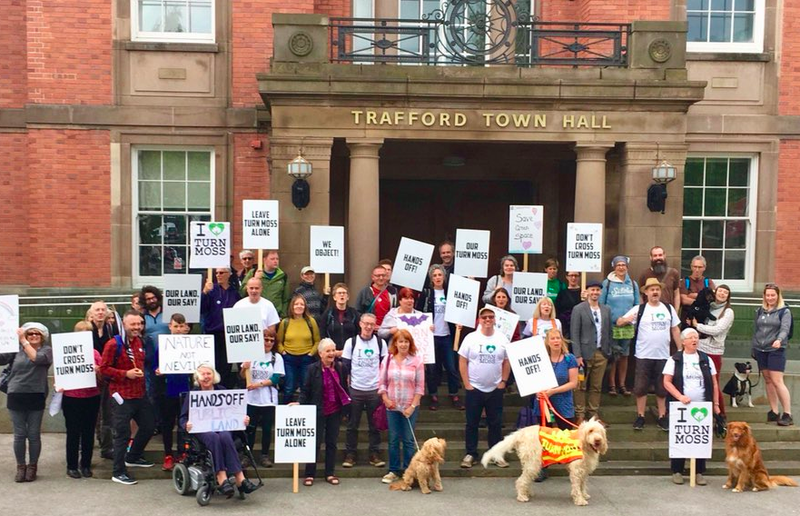
JB: What would happen if we didn’t have a GMSF?
SR: "Well, we would be back to the position of us all doing our own local plans - and some of us don’t have one. They would be more vulnerable to developers and they would need to move very, very quickly to get one in place to make sure they weren’t losing planning appeals left, right and centre. One of the reasons we need the plan in place is because the best way of protecting the greenbelt, ironically, is to have a signed off spatial plan."
JB: The 1945 Manchester Plan is an infamous document which many see as a failure because it moved people from the heart of the region and dispersed economic activity. Are we repeating our mistakes?
SR: "This plan isn’t about shifting growth from one place to another. This is very much about delivering on the Greater Manchester Strategy, so it is creating the space and conditions for growth to happen. Some of the biggest opportunities are in north Manchester as well as in the south."
The revised GMSF goes to consultation next week.





